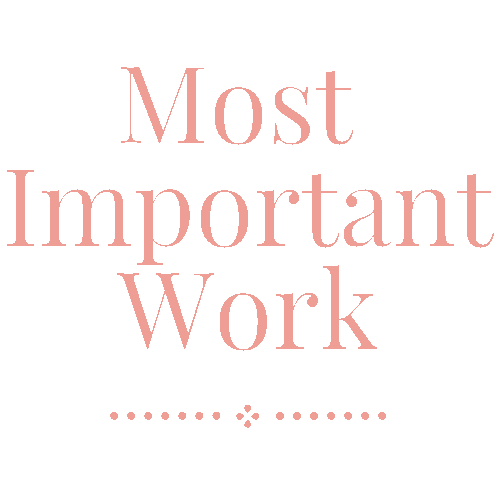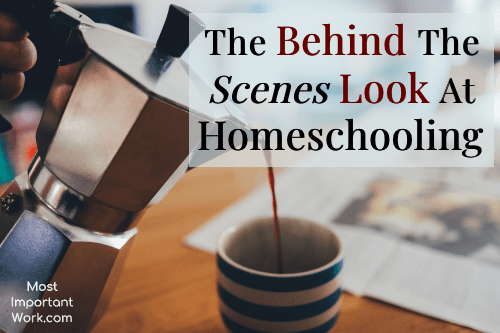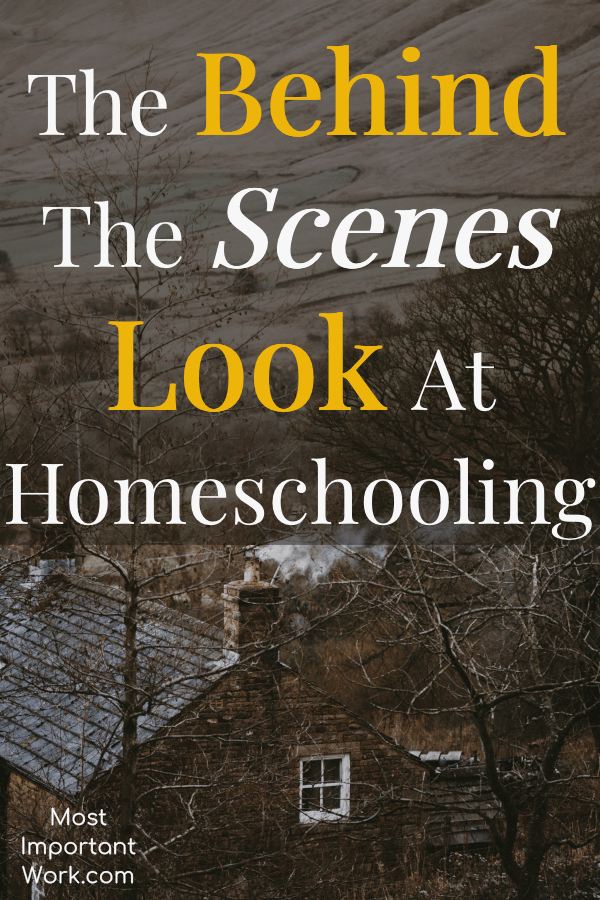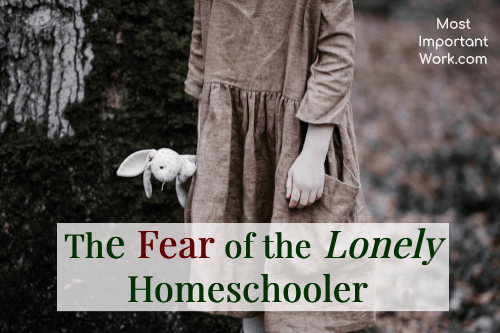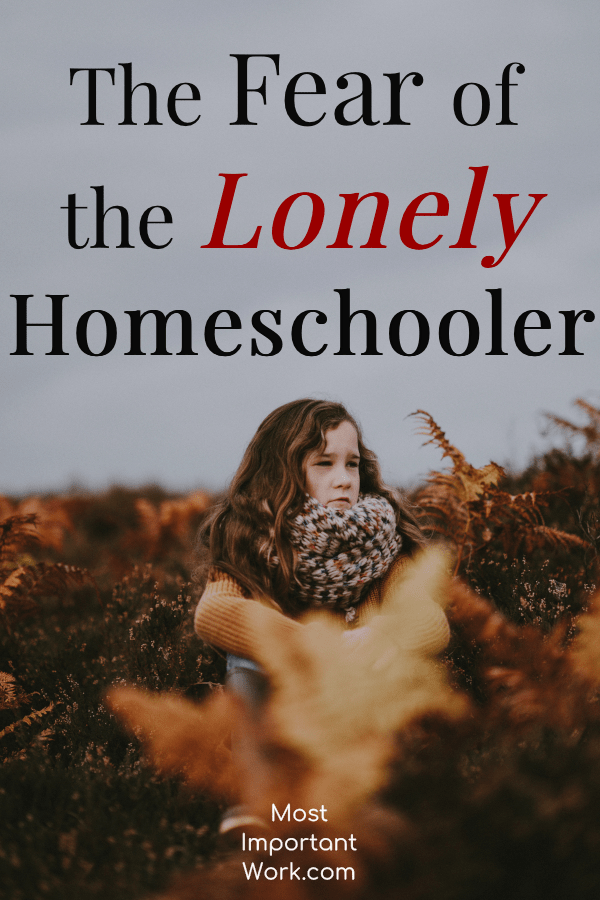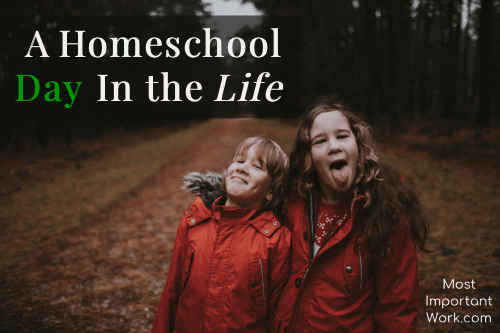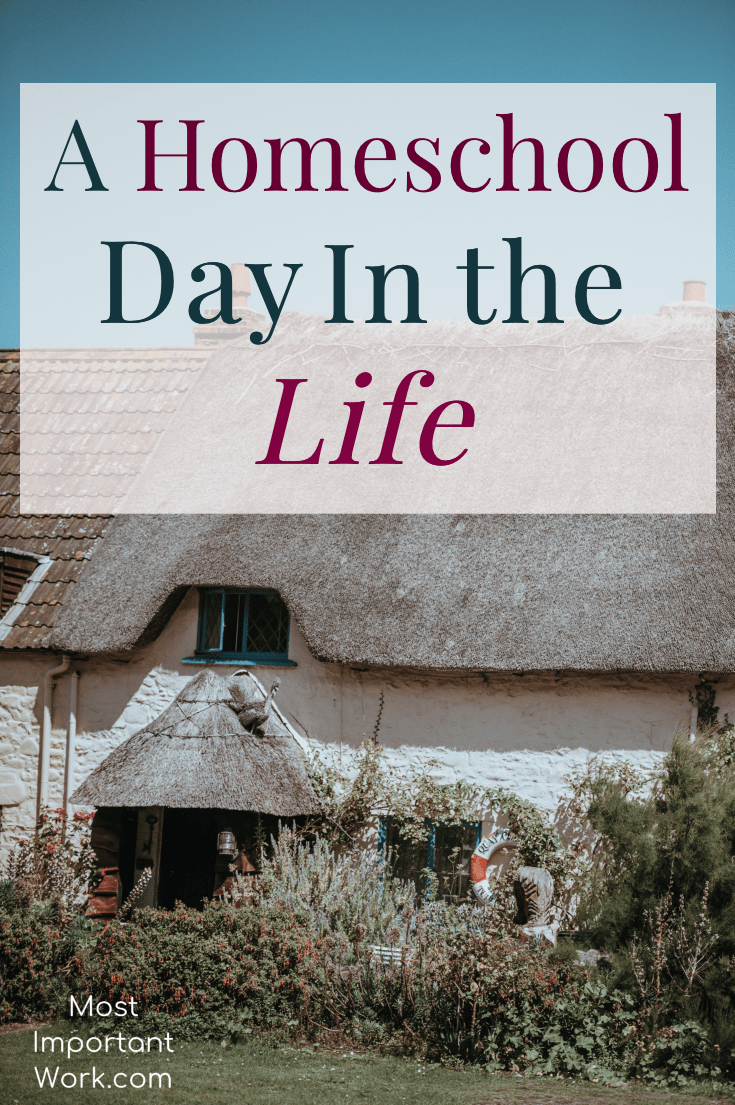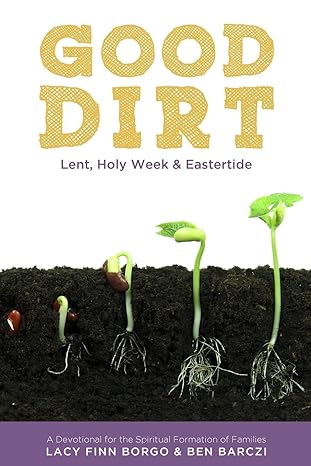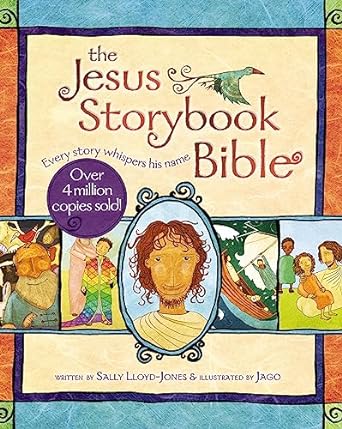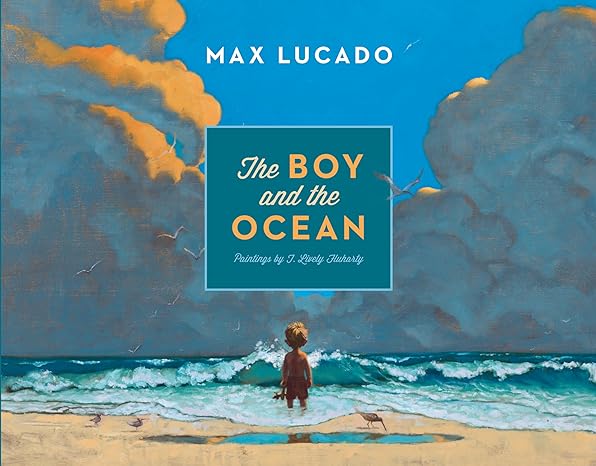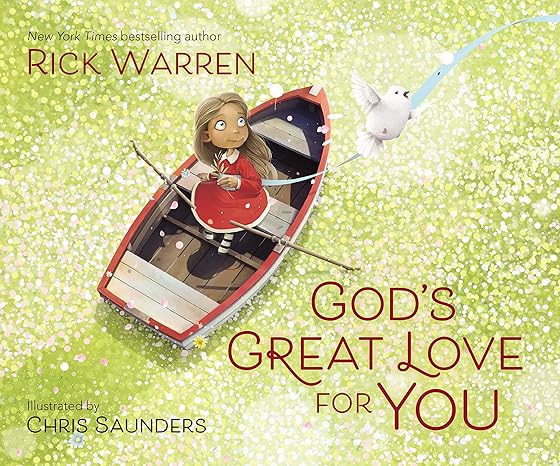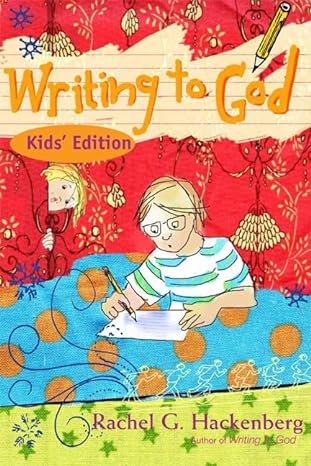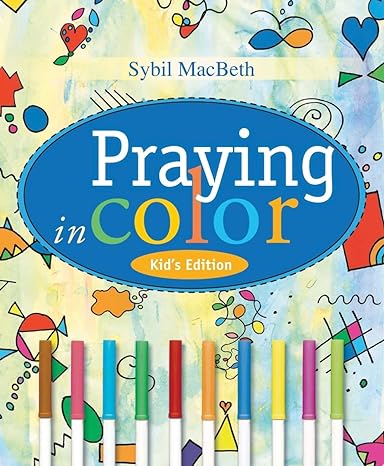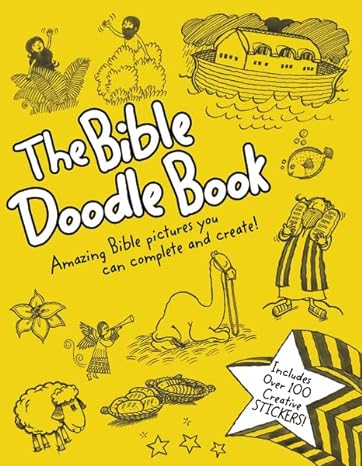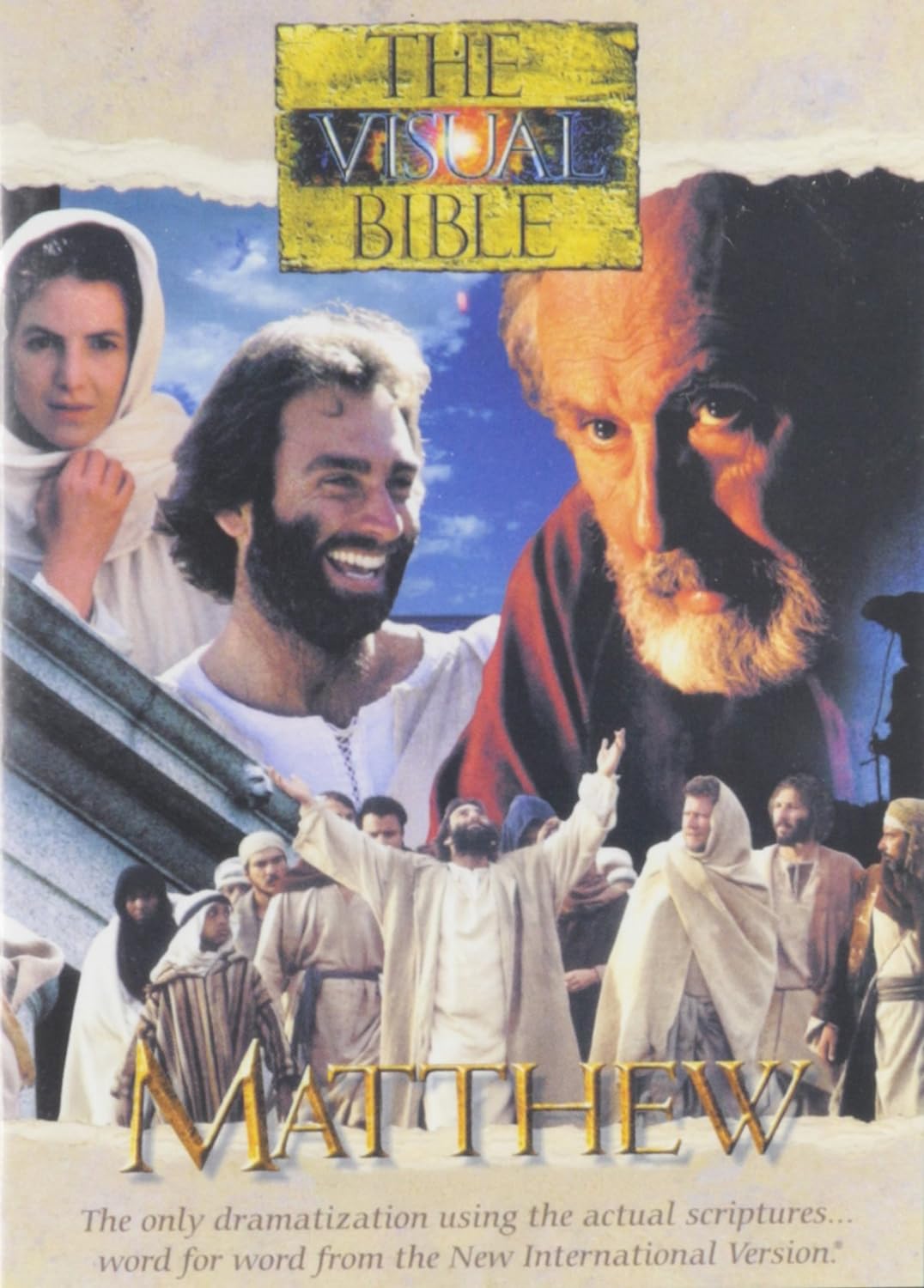
Amazing And Affordable Curriculum Ideas for First Grade
Reading Time: 10 min 32 sec
I don’t know about you, but I love planning for a new school year. It can feel like a treasure hunt as I comb through various places to find just that right tool to help learning come alive for my child. I have compiled a list of my favorite resources for a Pre-K and 1stGrade student below.
As interest-led, eclectic homeschoolers, we seem to thrive on borrowing from all the different homeschooling approaches and blending it up into something that fits our family just right. (Yes, it does sound like we are the smoothie of the homeschooling community).
I have found that boxed curriculum doesn’t work for my family. I would find a curriculum that I thought would be a good fit, shell out a couple hundred dollars, only to find to out that I loved the math, was “ehh” about the social studies, and absolutely hated the language arts program.
I came to understand that I know my child, I know their strengths and weaknesses, I know the vision and values of my homeschool, and I have found that I am the best person to hand select curriculum. By choosing your own curriculum, you also get a lot more control over the price tag.
Our goal is to foster a love of learning in our children. We do that by surrounding them with stacks of beautiful books, interest-led unit studies, interesting people, a plethora of games, real-world experiences, and tons of time spent outdoors.
We do use some textbooks, but we don’t feel compelled to finish each one for the sake of completion. We watch carefully for signs of burnout, and might switch to a different tool or resource midway through the semester.
We also try to “teach” most subjects together as a family (with the exception of reading lessons). My children are close enough in age that this really worked well for our family. I say “teach” because a lot of what we do is very interactive, so it also fits our Pre-K child’s attention level. I have never put together a formal teaching plan for Pre-K because I found that they pick up what they need to know just by living life. ![]()
Here is an overview of some of our top affordable curriculum resources for a 1stgrade (and Pre-K) student. I have only listed the resources that we have LOVED!
I hope this serves as some inspiration for your homeschool adventures this fall! Happy Treasure Hunting!
1. Language Arts
2. Mathematics
3. Science
4. Social Studies
5. Bible
6. Art & Music
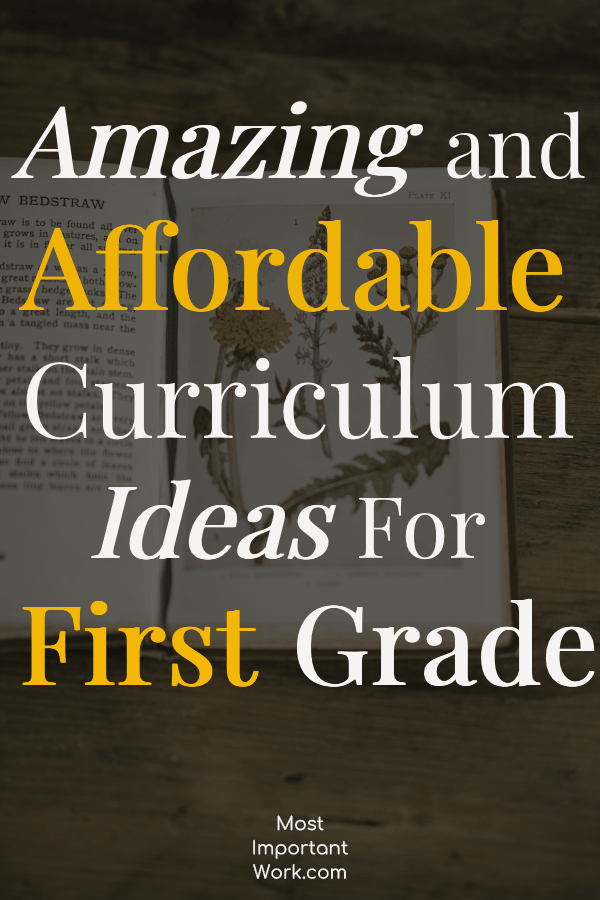
1. Language Arts
Teach Your Child to Read in 100 Easy Lessons
This is such a stress-free, zero prep, way to teach a child to read. This book employs the steady, drip, drip, drip mentality. IT WORKS! I love how this book includes not only reading but writing lessons as well. Worth its weight in gold!
Poetry For Young People
This is an entire series, that we have used as a part of our weekly poetry tea times. Each book is a compilation of age-appropriate poems from famous poets throughout the years. The Emily Dickenson book was our favorite.
Read-Aloud Rhymes For the Very Young
This was a fun book that I would use in addition to the Poetry for Young People series as a part of our poetry tea time. This book really helped to spark an interest in poetry in my children. They found it very engaging and often hilarious.
Cahier d’ecriture-Handwriting
I have always loved the beautiful style of handwriting from France. This book is all in French (you don’t need to know French to use it) and it teaches the fundamentals of great handwriting. My children have used it a little bit each day and it has so improved their handwriting skills.
Story Cubes
This is a fun game that uses visual prompts to help foster the imagination and inner storyteller in your child. There are nine cubes with six images on each cube. Each person rolls the cubes and creates a story based on the images. My children have laughed their way through this game.
Reading
We read literally hundreds of books, so it would be impossible to list them all. Here are a couple of our top favorites from this past year.
A World Full of Animal Stories
This is a beautiful book full of folk stories from different countries around the world. This book not only sparked great discussions but also introduced the children to different cultures and ways of thought. One of my children literally couldn’t get enough of this book. Win!
Favorite Audio Books
Audiobooks are my favorite way of not only expanding my children’s vocabulary but introducing them to great literature. Children can comprehend far above their own current reading level when they don’t have to take the time to sound out the words. Start small with Curious George, Madeline, or Amelia Bedelia, and transition into longer books like A Bear Called Paddington. I have found that Audiobooks (when you have young children) work really well in the car when you have a captive audience.
Foreign Language
YouTube was our friend this year. We loved utilizing a Year of French with Tonton videos.
2. Math
Logic Lollipop Series
I knew I wanted a supplement to our many logic games. WOW, these books are image-based, fun and perfect for young children. We actually went through the entire series in one year (there are three books) because my children were obsessed with it. LOVE!
Math Workbooks
We used several math workbooks that I grabbed from our local Dollar store. The workbooks were not necessary (we teach math many different ways) but my kids asked for them, so why not! They were short, fun and covered the basics of simple math. You can’t beat $1.00 for a math workbook!
Life of Fred Series
Is an amazing alternative to a traditional math book. Written in story form, it follows the adventures of a 5-year-old prodigy named Fred who shows children how math applies to real life. At the end of every chapter, there are several math questions that pertain to the lesson for your child to answer. My children love this series and beg for more “Fred, Please”!
Games
Here is a list of our favorite math games from this year.
Math Picture Books
(Check out this article for a list of our favorite Math Picturebooks)
-
Science
The Periodic Table: Elements With Style
My children wanted to learn more about the Periodic Table thanks to a Magic School Bus Episode on Chemistry. This is a fun book that has one-page profiles for each of the elements. My children loved finding the elements on the Periodic Table each day. Great Resource!
Magic School Bus Chemistry
This kit sparks a love of chemistry. It includes 51 experiment cards and tools, and an observation notebook to record results. You do have to provide some of the supplies. My kids had so much fun conducting experiments. This is a great way to encourage a love of science.
Games
Wildcraft
Wildcraft is a group game where players learn how to identify wild herbs. This is a cooperative game where everyone works together to travel to the top of the mountain to collect Huckleberries for Grandma.
Throughout the game, players run into various first aid crisis, and they learn how to identify 27 different wild plants and how they can be used to treat various medical issues. This a great game that my children have played again and again.
DVDs
Here are our favorite shows that spark a love of Science. Animated Hero classics has dvds for a number of different scientists.
4. Social Studies
Around the World Stories
We LOVE AWS! This 30-minute audio story series focuses on a new country and culture every four weeks. It combines geography, social studies, history and language arts in an engaging format that sticks with your children.
This has been one of the best resources I have ever purchased for homeschooling. My children ask MULTIPLE times a day to listen to their favorite stories. You can choose from three different packages (Europe, Asia and Artist series). It also includes a parent guide for additional resources. LOVE!!
Give Your Child the World: Raising Globally Minded Kids One Book At A Time
This book is a must-have resource for every homeschooling family. It is an amazing time saving tool that helps you gather the best children’s literature from around the world. It is full of curated book lists that are based on age range (4-12) and organized by country.
Draw Europe
This is a wonderful (and FUN) step by step tool to not only memorizing but learning how to draw Europe. We used this book over a semester and would draw a couple of countries a day. It has been amazing to see how much my child has become familiar with European geography. This is only one book in an entire series on different countries and continents
Games
DVDS
Travel With Kids
We LOVE this series. In Travel with Kids, you follow a family with two little boys who travel all over the world. Children are exposed to different cultures all from the comfort of home. My children want to travel the world due to this series.
4. Bible
My First Hands-On Bible
I appreciated this children’s version of the Bible because instead of paraphrasing it actually uses Biblical text. This was a well-loved Bible for many years.
Praying In Color Kids Edition
Have you ever heard, “But I don’t want to pray? I don’t know what to say? I’m embarrassed to pray out loud?” This is a revolutionary resource for children who want another try another way to spend time with God.
The author Sybil Macbeth gently leads children in understanding what prayer is, common prayer problems, how to pray, and step by step of how to pray using art. Love it!
DVDS
What’s In the Bible Series
These videos are part of a 13-part series that helps kids big picture look at the Bible as a whole. Phil Vischer (the creator of Veggie Tales) pulls out all the stops as he invites kids to wonder, explore and discover the Bible in a whole new way. It is full of fun characters, interesting questions, great animation, and of course fun music.
Nest Bible Animated Classics
We have really enjoyed the Animated Bible Classics. These videos are a great complement to devotional time as they allow children to see Bible stories happen right before their eyes. There are thirty-six different stories and they are geared towards ages kindergarten-third grade.
Picture Books
The Boy And The Ocean
Oh, my word, hands down, probably my favorite Christian picture book. The illustrations are beautiful, the words are life-changing, and what an amazing book to pull out at bedtime. The story draws parallels between Gods creation and his vast love for his children.
God’s Great Love for You
This book is all about Gods overwhelming love for his kids told in such an imaginative way. Written by Rick Warren, the book shows a young girl on different adventures discovering God lavish love. The illustrations are adorable and though the book can be read to girls and boys, the book is specifically geared towards young girls.
Shh… God Is In the Silence
This book is a great introductory book to one of the ways that we hear God’s voice in the silence. In a time where we value filling up every available moment with something, this counter-cultural book reminds us that God was in “a gentle, quiet whisper”. (1 Kings 19:11-12).
-
Art-Music
The Amazing Musical Instruments
This book is very comprehensive and is a wonderful foundation for understanding the history and sounds of major instruments.
This resource really breaks down the parts of a classical orchestra into bite-size pieces and allows you to really appreciate the contribution of each instrument. This is an interactive book that comes with a CD-ROM so you can hear different sounds and songs from different instruments.
Impressionism By Linda Bolton
This is a great behind the scenes look at Impressionism. Each artist has one or two pages full of background info, and samples of their most famous works of art. We would focus on one or two artists a day and then supplement with more hands-on activities. Great resource!
Games
Van Gogh and Friends Art Game
This is a fun memory game that focuses on Post-Impressionists. We use this as a memory game, although it is designed to be played like Go Fish or Concentration. It really helps the kids learn the names and works of art of the different artists. It covers Van Gogh, Gauguin, Cezanne, Seurat, Rousseau, and Toulouse-Lautrec.
CDS
Classical Kids Series
This is a phenomenal series! You get to know different classical composers, through a captivating story set to that composers’ music. This series has helped spark curiosity, and a love of classical music in the hearts of my children. We listen to this series, again, and again!
Beethoven’s Wig
This is a great sing-along series set to classical music. The lyrics are filled with facts about the composers and are hilarious. My children can now identify classical music because of this amazing series.
Kids Meet Composers
This cd covers twenty different songwriters and their most famous pieces. Each song starts with a dialogue between the narrator and children, where you learn some history and fun facts about the composer. This is an amazing resource if you are studying various composers.
Picture Books
Anholt’s Artists-Laurence Anholt
This author through fun stories brings to life famous artists throughout history. We have learned so much about art and history from this series. I love this series because the author does an amazing job of sparking curiosity, and a love of art in children.
Katie and Ella Bella Series By James Mayhew
James Mayhew is another great author/illustrator that makes classical art, and ballet accessible for kids. They will never see art as boring after growing up reading his stories about the adventures of Katie and Ella Bella. The illustrations from the Ella Bella Ballerina series are stunning. An amazing resource for helping children engage in and love art history.
Drawing Books
DVD
What about you? What are your favorite ways to foster a love of learning at home? If you try any of these resources, let us know! Leave a comment, and don’t forget to follow Most Important Workon Pinterest!
